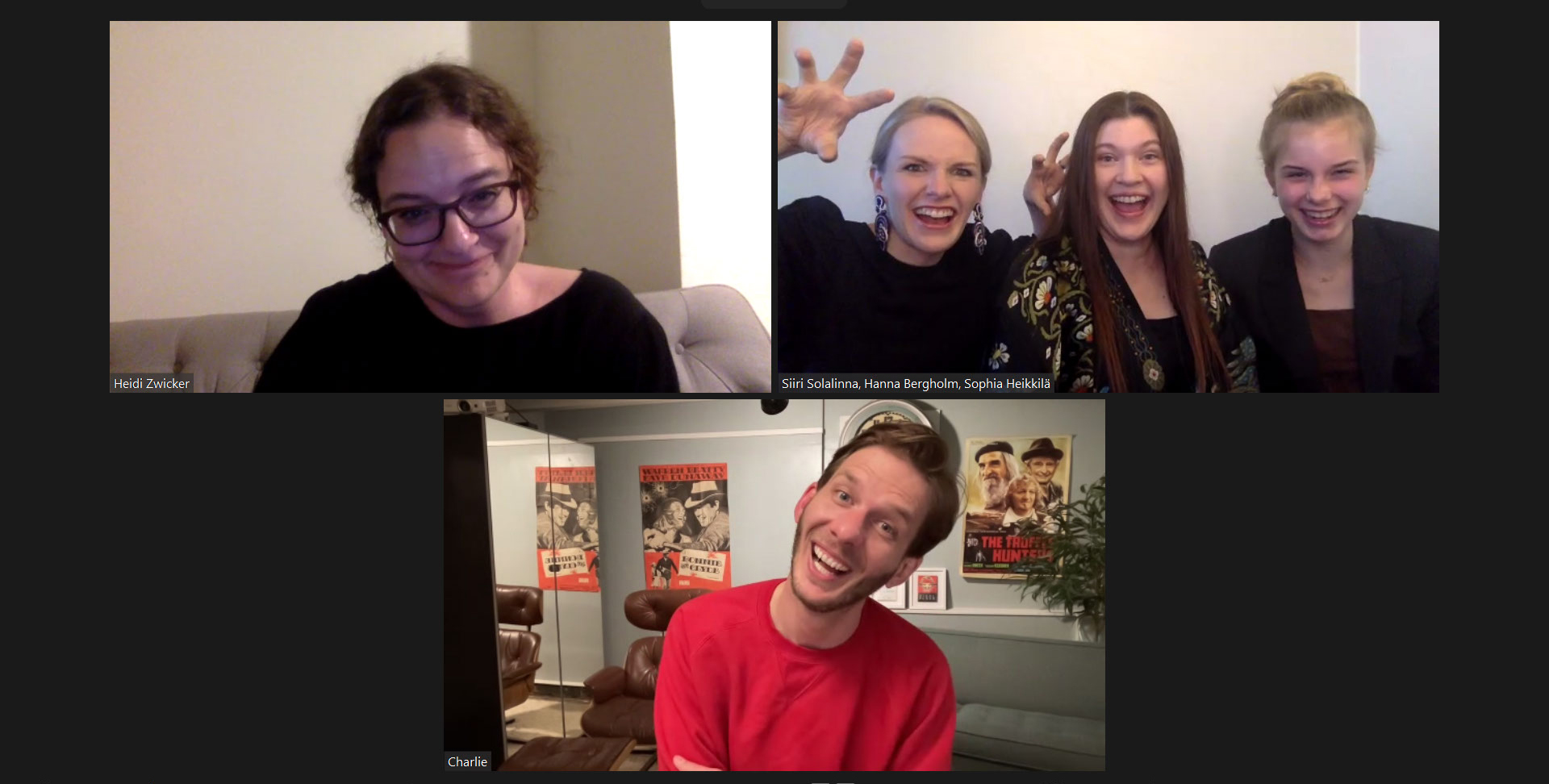by Katie Small
Hanna Bergholm’s Finnish coming-of-age film Hatching is a visceral combination of supernatural horror and grim satire that dissects emotional manipulation and mother-daughter dynamics. Citing David Cronenberg as an influence, Bergholm eschews heavy CGI in favor of practical effects and puppetry, which lends a disturbing realism to her film, in keeping with the dramatic narrative.
Tween gymnast Tinja spends most of her time training for an upcoming competition, fighting with her obnoxious little brother, and desperately trying to please her image-obsessed mother. Their family’s squeaky-clean suburban home and picture-perfect interactions make up the content that fuels the mother’s popular blog “Lovely Everyday Life,” but the reality of their existence isn’t as bright and cheery as she would have the world believe.
After Tinja discovers a dying bird in the woods, she brings its strange egg home and nurtures it until it hatches. The supernatural creature that emerges, christened “Alli,” becomes Tinja’s only friend and surrogate child.
As the story progresses, Tinja becomes more and more aware of her own emotions and repression while Alli grows more and more aggressive and grotesque. Before long, Tinja must contend with the disconnect between her newfound maternal instincts and the demands of her own overbearing mother.
Subtle symbols of motherhood permeate Hatching in the form of eggs, bird lullabies, regurgitation, and more. When asked during the post-premiere Q&A why she chose to use horror as the vehicle for a film about mother-daughter relationships, Bergolm replied, “It was really important to me to tell this story of a daughter who feels that [her] mother doesn’t love her for who she really is, and all the horror elements must tell that story,” she explained.
“In horror films you can use very cinematic ways of storytelling to show something that is inside a character — our emotions and fears, [translated] to an external form in one way or another.”

